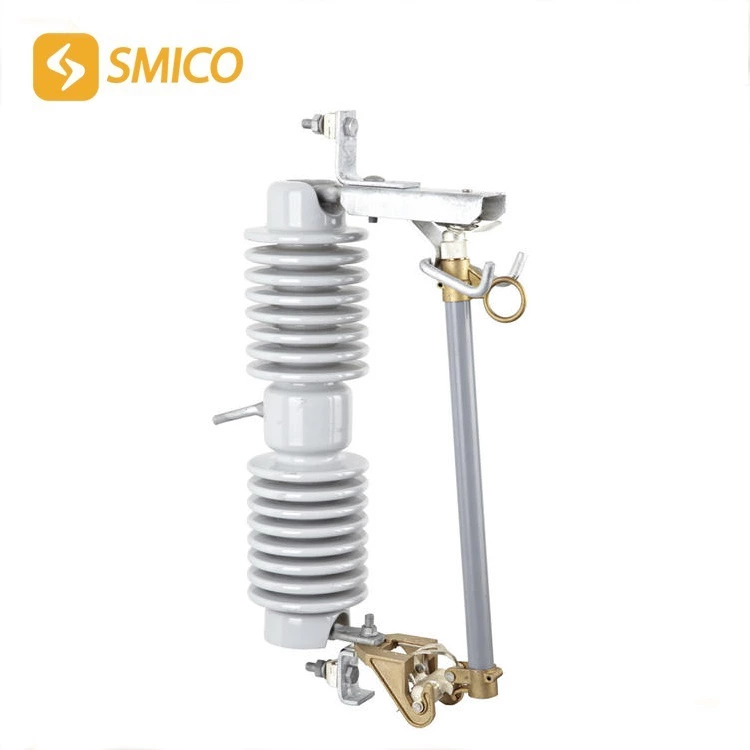Introduction And Characteristics Of High Voltage Drop Fuse
Introduction and characteristics of high voltage cover drop out fuse
High voltage drop fuse, referred to as drop fuse cutout. When the line is short-circuited or overloaded, the melt is melted to form an arc. Under the action of elastic force, the arc is elongated. The high temperature of the arc decomposes the surrounding gas-producing medium into gas, and the pressure in the melt tube increases rapidly. The free gas that forms a longitudinal airflow with the molten metal is ejected out of the tube, so that the arc is extinguished drop out expulsion fuse.
The characteristics of drop out fuse 22kv are: its upper contact is designed to be embedded, the melt tube has upper and lower injection ports, and a button-type fuse is used.
The tail end of the fuse is inserted from the upper end of the melt tube, the button is inserted into the upper injection port, a pressure relief sheet is added above the button, and it is tightened with a pressure relief nut, the spring flap is turned to the lower injection port, the tail of the fuse is tightened to wrap around the bolt of the melt tube, and the bolt is tightened. Only when the fuse is tightened can the melt tube be firmly embedded in the upper contact. The drop out fuse 33kv type fuse tube adopts a step-by-step exhaust structure. When interrupting a small fault current, the pressure relief device at the upper end of the fuse tube is closed, forming a downward one-way exhaust, so that the fuse tube maintains a sufficiently large pressure, which is conducive to extinguishing the arc generated by the small fault current and reducing the arc burning time and the consumption of arc extinguishing materials. When the drop out fuse cut out interrupts a large fault current, the pressure relief sheet at the upper end of the fuse tube is flushed open, forming a two-way exhaust to reduce the pressure of the fuse tube and prevent the fuse tube from exploding and being damaged when interrupting a large fault current.

